Copperheads, however, only have one row of ventral scales all the way down to their tail tip Copperheads' undersides are creamcolored, with dark brown uneven blotches that can sometimes look like a checkered pattern Head Shape Copperhead snakes have wide, triangular or arrowshaped heads, similar to other pit vipers like rattlesnakesIts venom may not be as potent as that of a cottonmoThe body of a copperhead is usually a light tan or slightly pink color Sometimes baby copperheads are grayer than adults, but turn the more brownish color as they age The belly of the copperhead is usually lighter than the rest of the body, and it often has a rough or patchy look to it
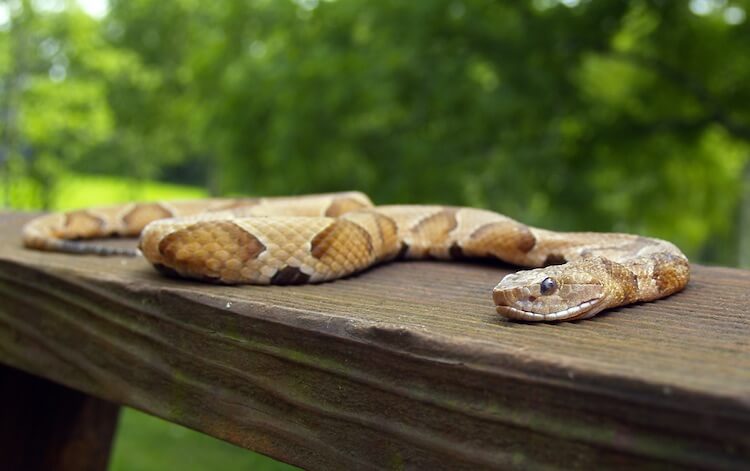
7 Ways To Identify Prevent Remove Baby Copperhead Snakes Everything Reptiles
What does a baby copperhead belly look like
What does a baby copperhead belly look like-The body of a copperhead is usually a light tan or slightly pink color Sometimes baby copperheads are grayer than adults, but turn the more brownish color as they age The belly of the copperhead is usually lighter than the rest of the body, and it often has a rough or patchy look to itNotable Details Copperhead snakes are usually copper in color However, they can range from light beige to very dark brown colors – similar to humans The belly is the same color as the body However, there are cases where the belly is slightly lighter Copperhead snakes have crossbands – darker stripes that make a crossing pattern




How To Identify A Baby Copperhead Snake Quora
1,351 Copperhead Snake Premium High Res Photos Browse 1,351 copperhead snake stock photos and images available, or search for timber rattlesnake or rattlesnake to find more great stock photos and pictures Photograph showing a closeup, profile view of the brown and tan patterned head and eye of a juvenile, venomous, Southern copperhead snakeThe last inch or so of young copperheads is a different color and used as a lure to attract their prey (frogs)It is paler than its Northern counterpart, and has a lighter coloured belly with dark brown spots on the peripheryThe Broad Banded Copperhead is native to Kansas, Texas and Oklahoma and is darker than the Southern Copperhead with larger bands that do not constrict in the middle, hence its name, and a dark coloured belly
He described copperheads' bellies as "whitish, yellowish or a light brownish, stippled or mottled, with brown, gray or blackish, often large, paired dark spots or smudges along sides of its belly" Copperheads have muscular, thick bodies and keeled (ridged) scalesSome parts of the belly may be whitish;The colors help the snakes to camouflage themselves, so the markings on desert rattlers are sand colored, while those on timber rattlers resemble leaves Baby snakes have the same markings as adults, and the patterns may be even brighter and more noticeable
Copperhead Gray Rat Snake Copperhead Snake And Cottonmouth Snake ImageThese snakes have a pale, pinkishtan color and their heads are a remarkable copper tone (giving them their name) Copperheads have a distinct pattern that stays uniform throughout their lives Their markings are dark brown in color The bands are thin over their spine and widen as they approach the sides of the bellyApprox 6"8" long, not much bigger around than a #2 pencil It's belly was solid light orange and the rest of it was a solid, very light beige color No markings, stripes, or anything else The head was definitely larger than the body Thought it might be a copperhead, I've




Baby Copperheads How To Identify Them And Get Rid Of Them
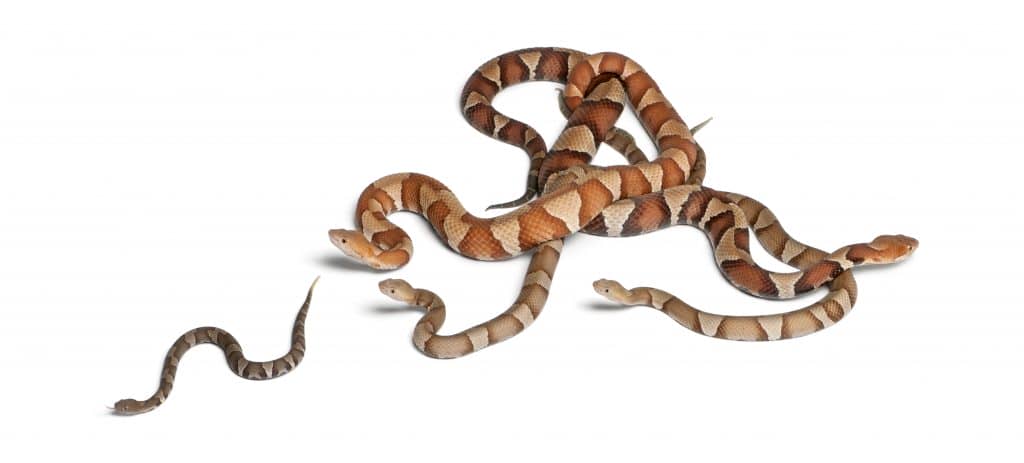



How To Identify A Baby Copperhead Snake 21 Pictures
The babies frequently have a bright yellow color on their tail tip, but it's not always the case The head is copper or reddish and often but not always has two black markings on top of the head The baby copperhead snake pretends to be a worm to the small prey by jiggling its bright yellowtail This way, they quickly attack their victimsHere, you'll easily see the difference between the baby and adult cottonmouths Most noticeably, the bold yellow tail tip and brighter patterns of the baby compared to the very dark tail and body color of the adult The little 10inch baby cottonmouth is quite a cute snake, but don't let that fool you These tiny snakes don't need a lotThe belly of the copperhead is usually lighter than the rest of the body, and it often has a rough or patchy look to it Sometimes there are also dark smudgelike markings along the sides of the belly Baby copperheads do have one feature that makes them stand out from adult copperheads
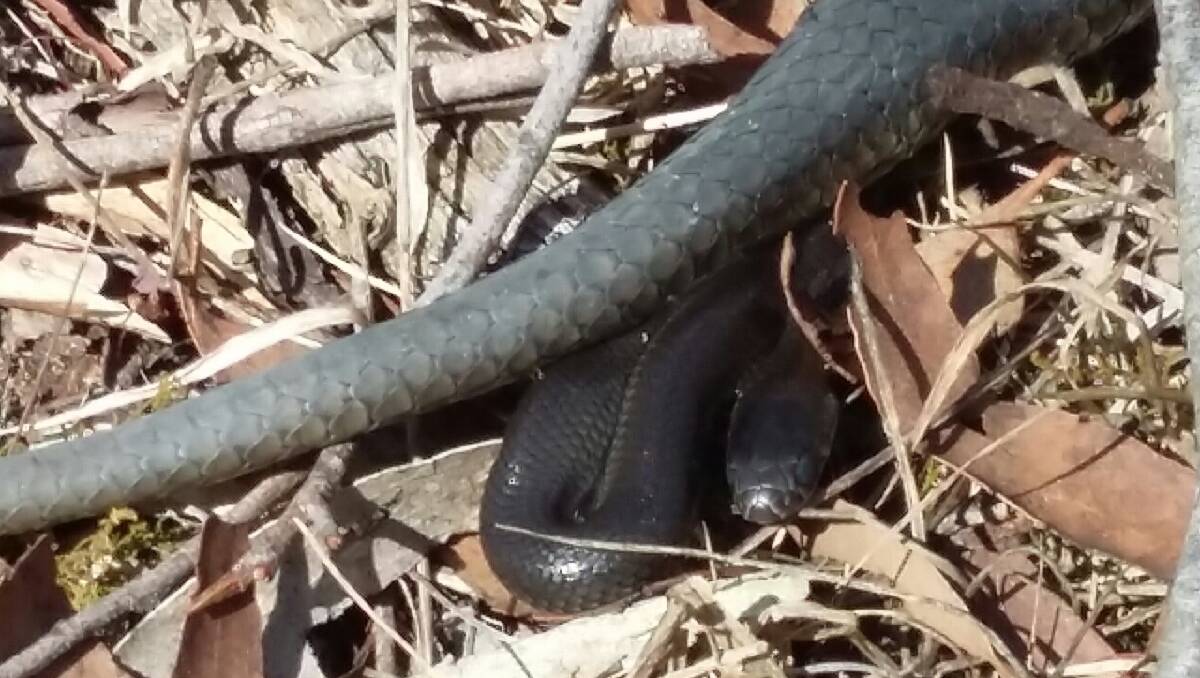



Baby Copperhead Seen The Courier Ballarat Vic
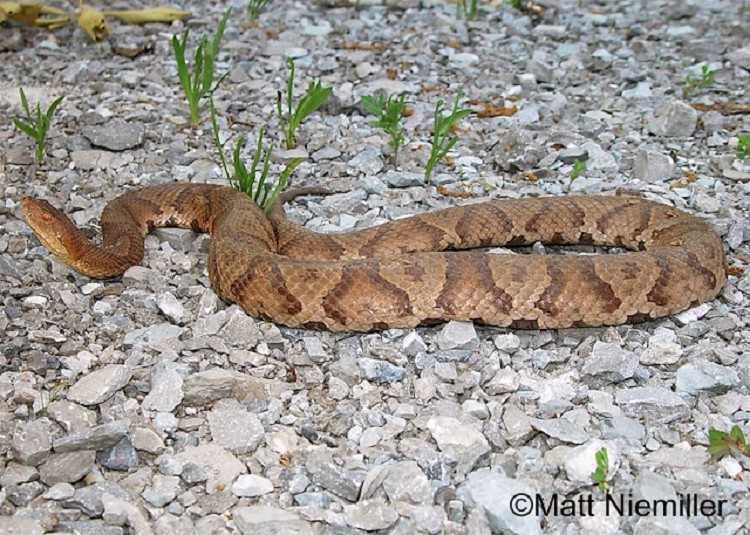



Copperhead State Of Tennessee Wildlife Resources Agency
Today, we are going to be getting up close with a very tiny, yet very deadly snake!Hi James, you can identify baby Copper heads by their color, and their color is greyish, 810 inches in length They still have the same distinctive triangular shaped head that most pit vipers have but don't have that thick build like their parentThe Copperhead The belly of the Copperhead is a mottled pattern of white to gray This feature can also be used as an aid in separating the Copperhead from the Eastern Milksnake, which has a black and white belly pattern roughly resembling a checkerboard The unmarked head, somewhat triangular, is covered with large coppercolored scales




A Field Guide To Commonly Misidentified Snakes
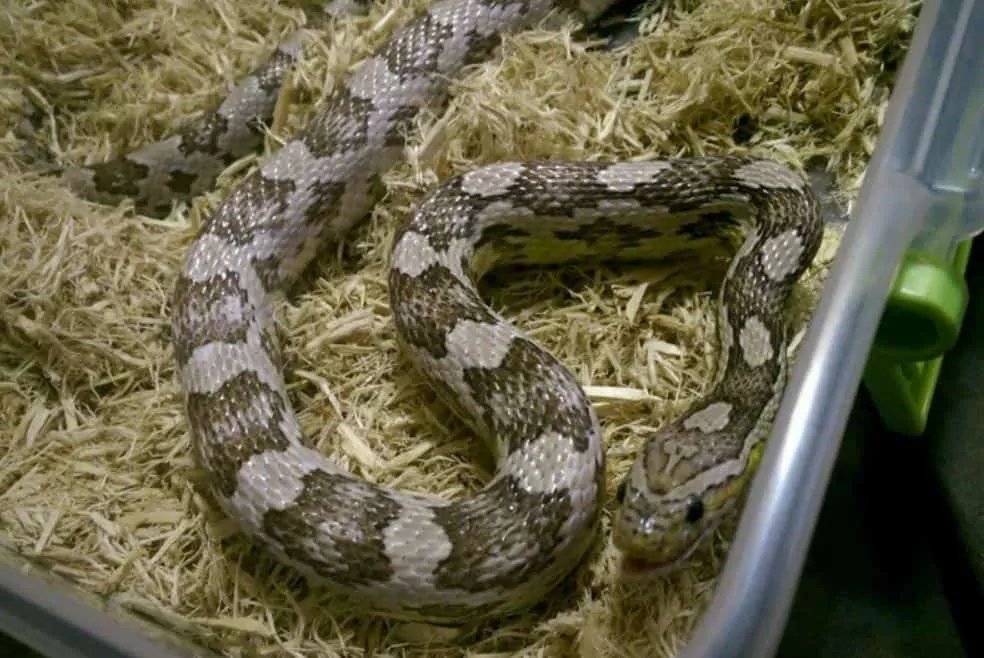



How To Identify A Baby Copperhead Snake 21 Pictures
Since many share overlapping territories they will often cross breedBaby copperheads often have a bright yellow tail tip This is an incredibly unique trait and that alone should make you assume the snake is indeed a venomous copperhead Don't get cute with this identifying marker If it looks faint yellow, or yellowgreen, or whatever, assume it's a copperheadColor Paletan to pinkishtan ground color, covered with 10 to 18 light tan to pinkish tan to pale brown crossbands with darker edges;



Snakes Of Nebraska Nebraska Game And Parksnebraska Game And Parks



1
Copperheads grow to an average three feet in length and their light body is covered with darker crossbands The head shows a characteristic copper color The body pattern gives them some good camouflage in their wooded habitats Populations of copperheadEven though only 01% of cases are fatal, baby copperhead's bites are painful Actually, in most cases, people bitten by baby copperheads don't have to neutralize the venoms with antivenoms However, people with low immune systems, infants, and the elderly might need emergency medical assistance if they are bittenCopperheads are typically found in forested areas, including wooded suburbs Their range covers most of Texas, with the exception of far south Texas, the panhandle, and the northwest portion of the TransPecos 3 Photo 5 Alternating dark and light bands encircle the body of a copperhead Photo 7 This cottonmouth is a darker color, but some
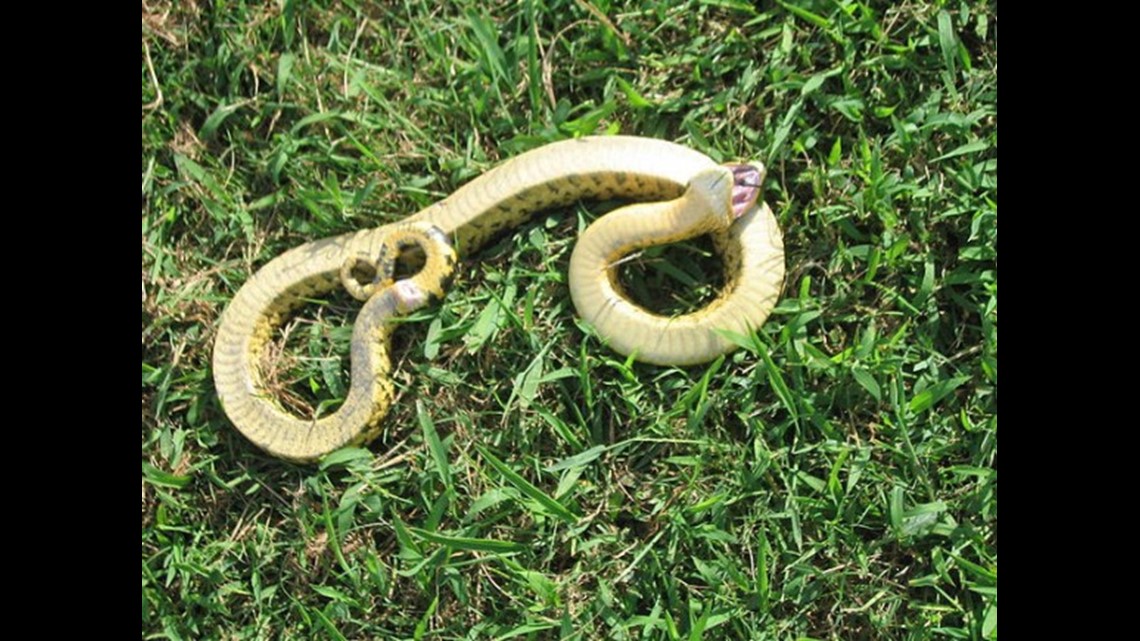



Watch Out For Baby Copperhead Snakes Wfmynews2 Com



Copperheads And Similar Looking Harmless Species
Baby Copperhead Belly Generally, the belly is beige to darker – but because copperhead snakes tend to move around when scared or startled, you might have better luck looking at some of their other physical featuresBasic description The average adult eastern copperhead is 2236 inches long (5691 cm) in total length This snake is stoutbodied with a distinctive hourglass pattern of broad light brown and dark brown crossbands The coloration of juveniles is similar to adults, except that the tail tip of newborn copperheads is bright sulfur yellowBaby copperheads are born with fangs and venom as potent as an adult's, according to the Smithsonian Zoo Young copperheads are 8 to 10 inches ( to
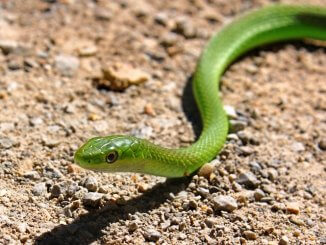



7 Ways To Identify Prevent Remove Baby Copperhead Snakes Everything Reptiles




Baby Copperheads How To Identify Them And Get Rid Of Them
The colors and patterns of Copperheads don't tend to be unique though and there are actually a handful or so of snakes that can resemble copperheads To be honest, many snakes are mistaken for Copperheads simply because they're snakes In the below list we'll list some snakes that look like copperheads or are commonly mistaken forThe adult copperheads have this marking all over their body, while the baby copperheads have the hourglassshaped band only till their tail Chinese Water Dragon Care Guide & Prices The belly of the snake is lighter than the rest of the body and has a rough patchy lookBaby copperheads have a grayish coloration, and the tips of their tails are sulfuryellow This yellow color gradually fades as the snake grows older The baby copperhead uses "caudal luring" to wave its yellow tail tip to attract insects Baby copperhead snakes have a diamondshaped head, just like the adults



When Are Baby Copperheads Born And Are They More Dangerous Raleigh News Observer
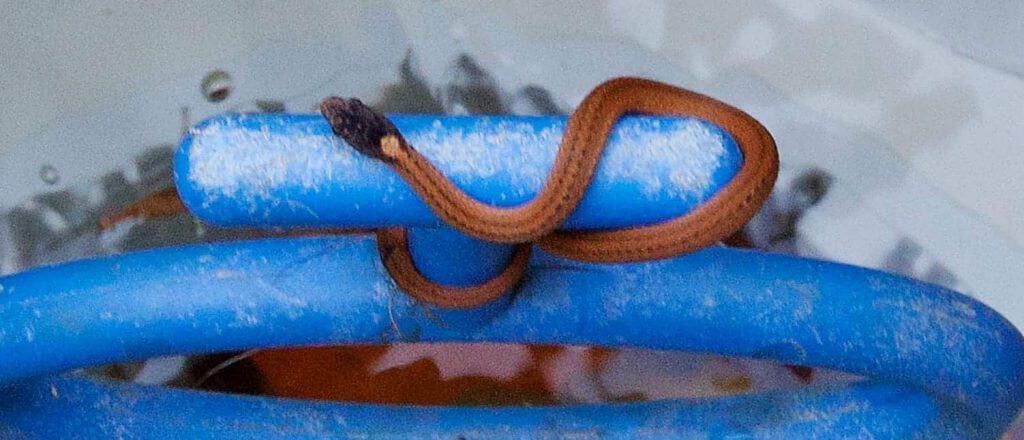



Baby Copperhead Snake Identification Guide Look For These 5 Things Embora Pets
BABY COPPERHEADS Baby copperheads are lighter tan in color and have a pinkishbrown hourglass pattern The darker patterns are skinner at the top and go wide atCopperheads have elliptical eyes, facial pits and a single row of subcaudal scales, but observing these traits requires you to have close interaction with a potentially dangerous animal Instead, use the color pattern, tail tip and body shape of a snake to identify baby copperheadsThe natural white and black marks on the belly are a blend and the top of the head is solid brown, with two small dots in the center Copperhead baby snakes have a bright yellow or green tail that attracts lizards and frogs The color of the tails of baby copperhead fades as they reach the age of 3 There are five defined subspecies
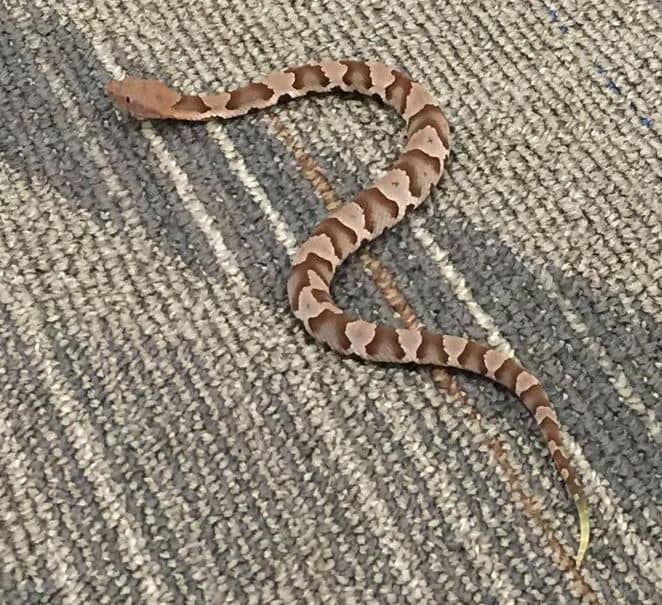



How To Identify A Baby Copperhead Snake 21 Pictures
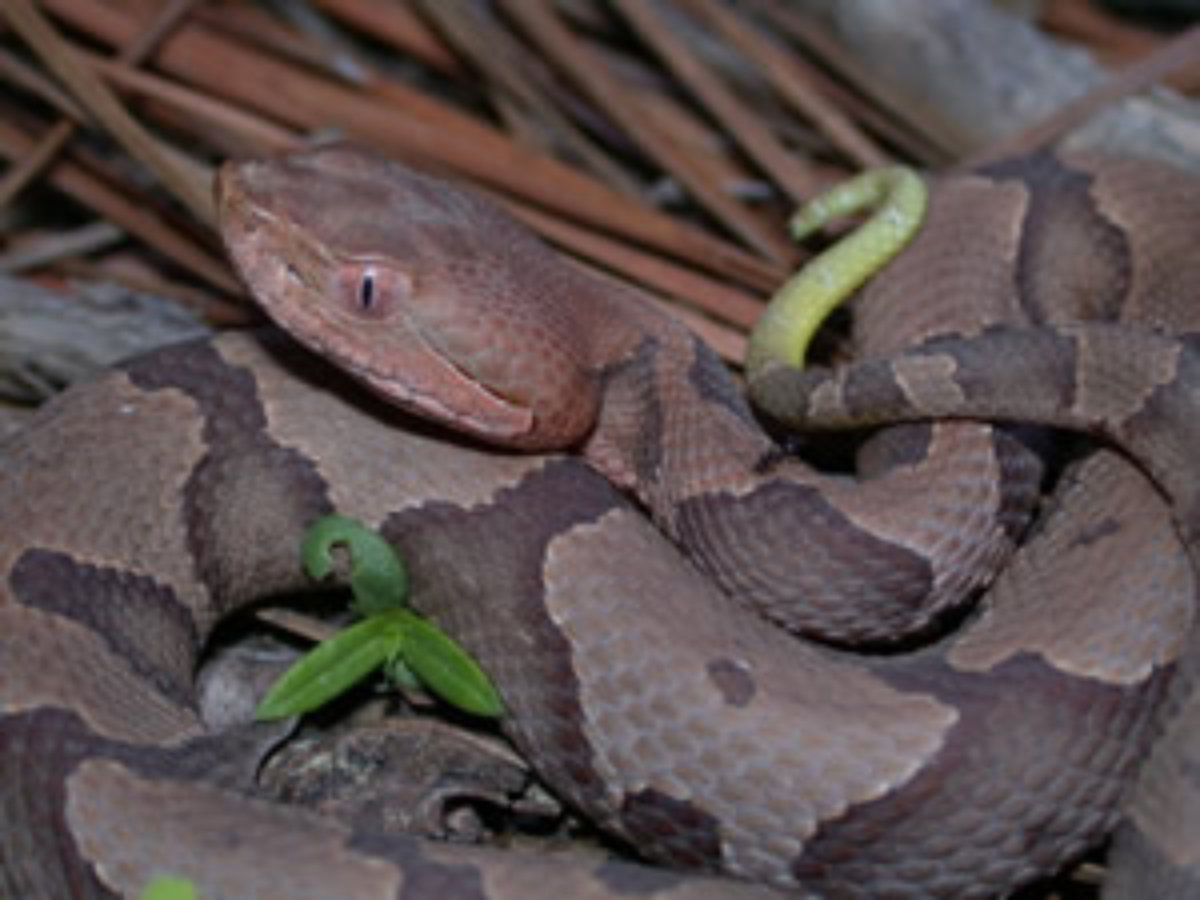



Baby Copperheads Are Out Walterboro Live
Answer (1 of 5) As a baby, copperhead snakes have similar patterns and colours to an adult but their distinguishing feature is that the last inch of their tail is a bright, sulphur yellow colour As adults, copperhead snakes can be found in several colour variations These variations will depend on the location of the snake can anything from bright copper and light through to very darkThe Copperhead (Agkistrodon contortrix) is by far the most wide spread venomous snake of Georgia (and the US) They can be found ALL over Georgia (except some southern counties bordering Florida) There are five subspecies of copperhead (3 are in Georgia);Juvenile and subadult Northern Watersnakes have a pattern that can vary greatly in color, from dark grayish to a reddish brown The color of some individuals watersnakes can come close to that of some copperheads, however the pattern on the Northern Watersnake is always narrow on the sides and wide near the backbone
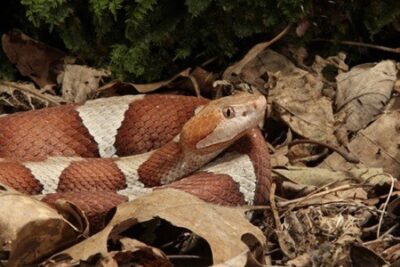



What A Copperhead Snake Looks Like With Pictures
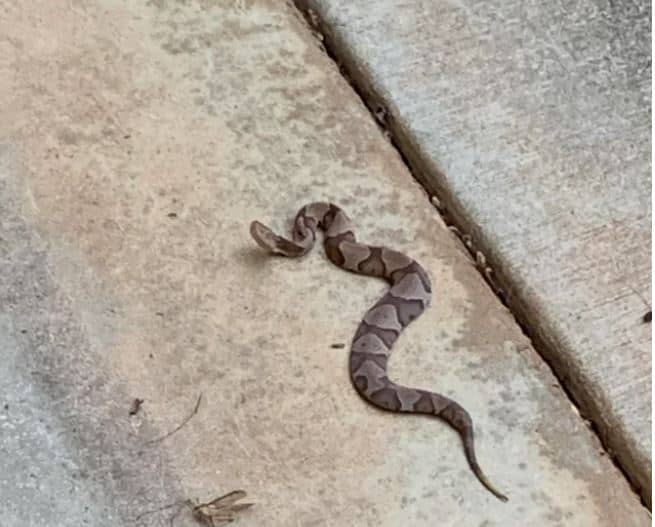



How To Identify A Baby Copperhead Snake 21 Pictures
Baby copperheads do have one feature that makes them stand out from adult copperheads What color is a copperheads belly?The most distinguishing identifying feature, which when combined with the others, tells you what type the baby snake is, is the color pattern on the body A baby milk snake has a very bold pattern consisting of a body that can vary from a light gray to tan The body has patterns of two black bands surrounding reddish brown blotchesHe described copperheads' bellies as "whitish, yellowish or a light brownish, stippled or mottled, with brown, gray or blackish, often large, paired dark spots or smudges along sides of its belly" Copperheads have muscular, thick bodies and keeled
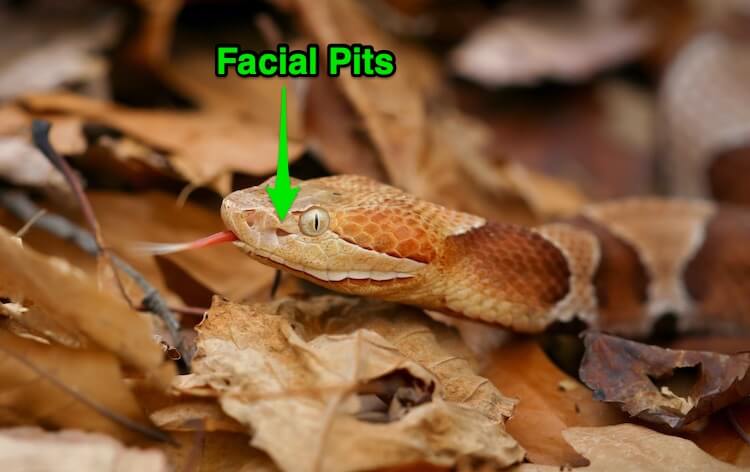



7 Ways To Identify Prevent Remove Baby Copperhead Snakes Everything Reptiles
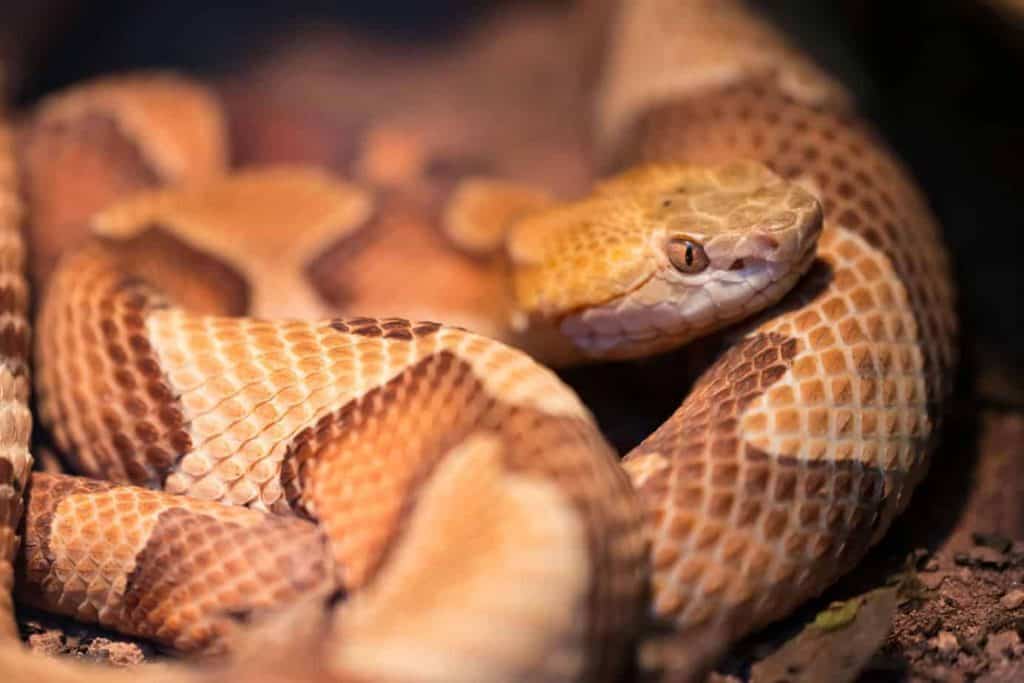



Baby Copperhead Snake Identification Guide Look For These 5 Things Embora Pets
The Copperhead Under rhododendrons along the Blueridge escarpment, in piedmont woodlots, and along fence rows in rural gardens, the copperhead abidesCertainly it does well in expansive wilderness, but it only needs 1 or 2 acres of habitat, a healthy population of whitefooted mice, and a place to layup in the shade, and it will surviveThe typical litter of copperheads is five to eight snakes, but 15 is possible Thankfully, the young snakes are easy to identify The baby copperheads are about seven to eight inches long The coloration is very similar to the adults in they are usually light brown or reddish in appearance Just be warned, some younger snakes can appear dark grayNORTHERN COPPERHEAD, Agkistrodon con tortrix mokeson Found statewide Look for the hourglass patterns of dark or reddish brown on a background of light brown to reddish gray Head usually a coppery color Dark spots along the sides of the belly Young like adults but brighter with a sulfur yellow tip of the tail Length Eight to 48 inches




What Does A Baby Copperhead Snake Look Like Wild Bunny S Land




How To Identify The Snakes Of Indiana Owlcation
Similarly, what color is the belly of a baby copperhead?Copperhead's main body color ranges between pink, tan (copper), and gray, which is not common Its belly usually has the same color as the body, although it can have a lighter shade This snake also has crossbands at the back, which never extend down to its belly sideBaby copperhead This copperhead was found by a coworker of mine Another coworker killed it No one knows where it's mama and siblings are Guess I'll stay away from that side of the building for awhile!




What Does A Baby Copperhead Snake Look Like Wild Bunny S Land




How To Identify A Baby Copperhead Snake Petsoid
Northern Copperhead neonates (newborns) and yearlings These young copperheads have the same pattern as the adults the hourglass pattern However, they have one extra feature a greenishyellowtipped tail!The flanks have a series of dark brown spots DistributionThe copperhead gets its name from the copperytan color found mainly on its head and throughout parts of its body down to the tail An adult copperhead's average length ranges between 2 to 3 feet but can reach 4 feet Since the copperhead is a pit viper, you'll notice a very distinctive triangularshaped head




Snakes Of Ohio Identifying All 25 Species Slideshow Cleveland Com



1
They range in color from light tan to dark brown with a white underside on the belly The color and patten of both the hognose snake and baby copperhead are quite similar, however, the hognose snake has a wider head and the color is much darker Black Racer Snakes are a type of snake that has many different colorsNote the green tip on it's tail DoneThe copperhead's saddles, on the other hand, are most narrow on the back and wider on the sides They have an hourglass shapeLastly, a copperhead's belly is unmarked and cream colored



Baby Copperhead Season Has Begun In Carolinas What To Know The State



How To Identify A Baby Copperhead Snake Quora
Copperhead's main body color ranges between pink, tan (copper), and gray, which is not common Its belly usually has the same color as the body, although it can have a lighter shade This snake also has crossbands at the back, which never extend down to its belly sideLighter in color than adults and are occasionally mistakenly identified as Copperheads When leisurely swimming, Cottonmouths ride higher in the water than the nonvenomous water snakes Scales under the tail Fig 1 = nonvenomous water snakes Fig 2 = Cottonmouth Fig 1 2The northern redbellied snake is a small woodland snake It is either gray brown or reddish brown, normally with 4 narrow, dark stripes, a faint light tan stripe down the middle of the back, or some combination of this striping The head is usually darker than the body, and the nape of the neck has 3 light spots, which occasionally fuse to form a tan collar behind the head
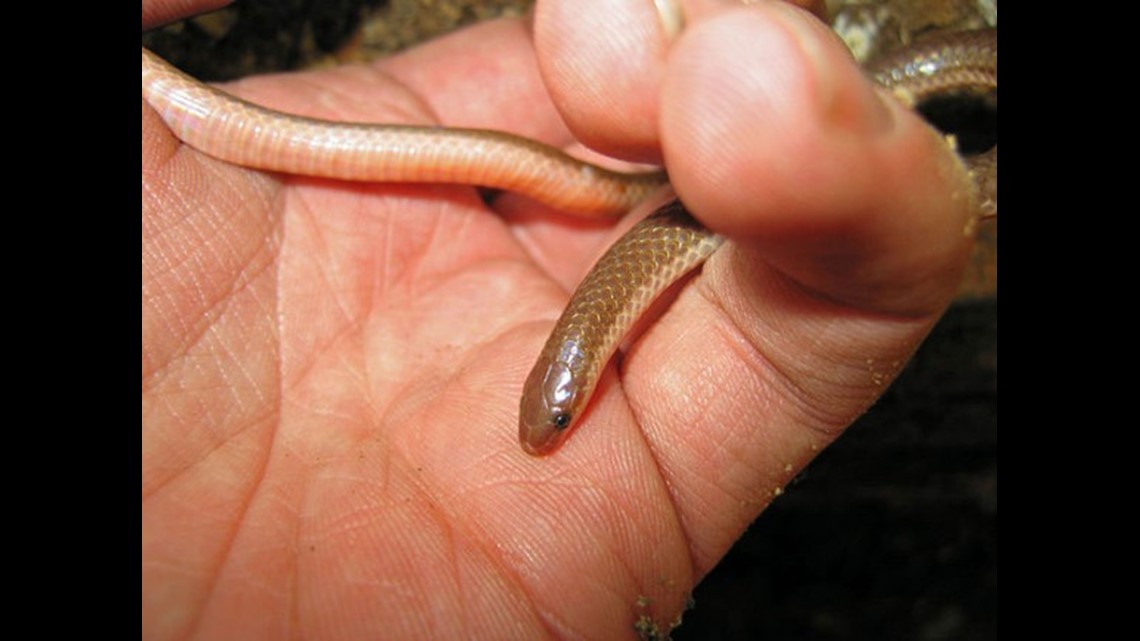



Watch Out For Baby Copperhead Snakes Wfmynews2 Com
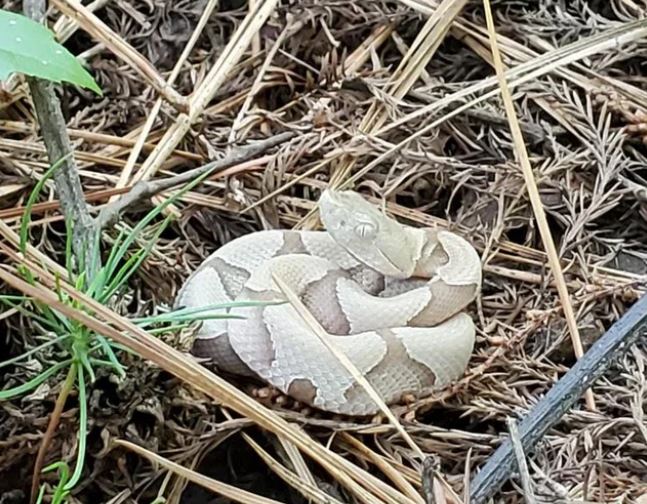



How To Identify A Baby Copperhead Snake 21 Pictures
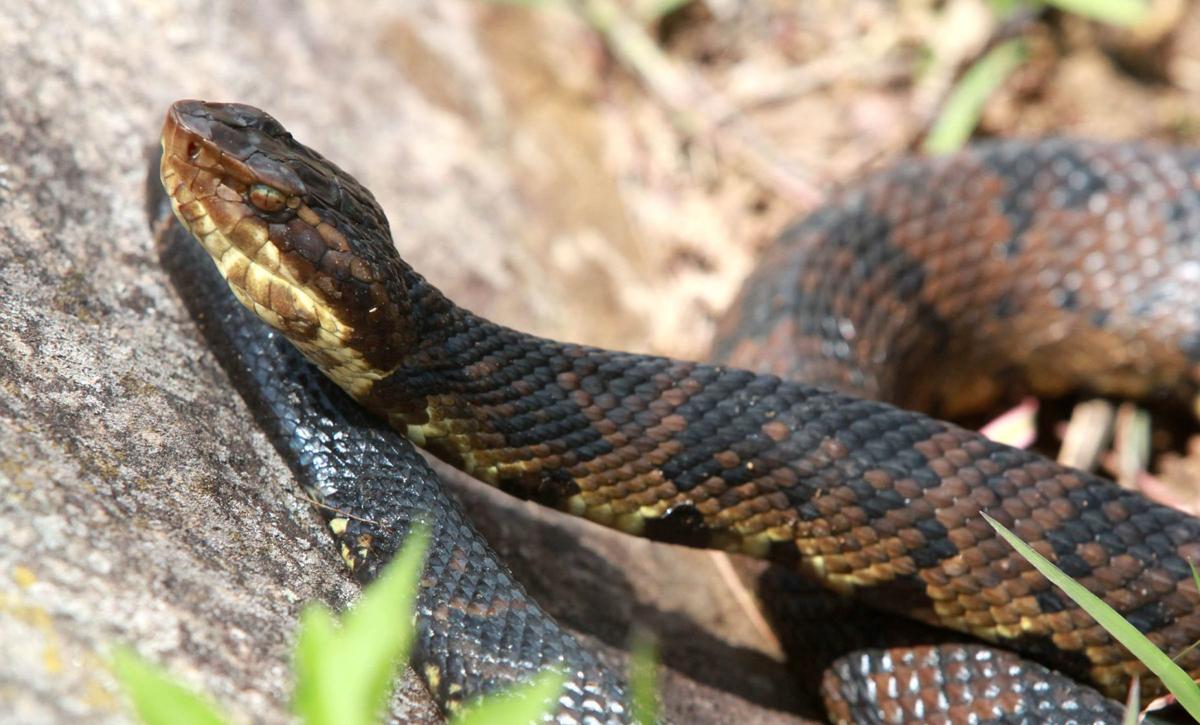



Kelly Bostian Know The Difference Between A Water Snake And A Cottonmouth Before Going Outdoors Sports News Tulsaworld Com




Snakes Of Pennsylvania 21 Species 3 Of Them Venomous Pennlive Com
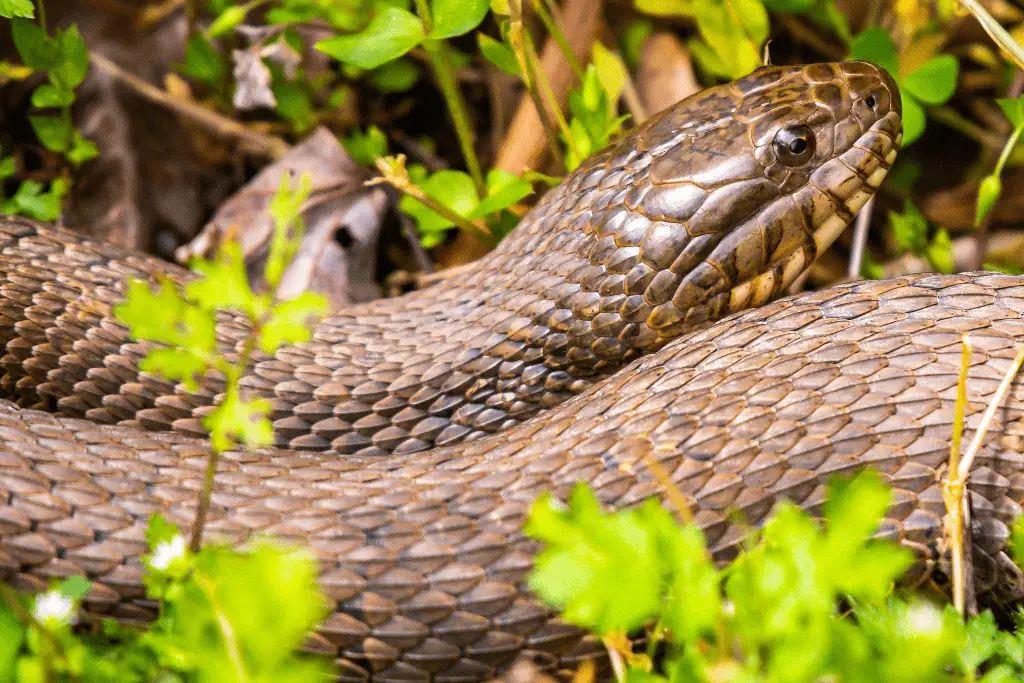



What Do Baby Copperhead Snakes Look Like Reptilia Planet
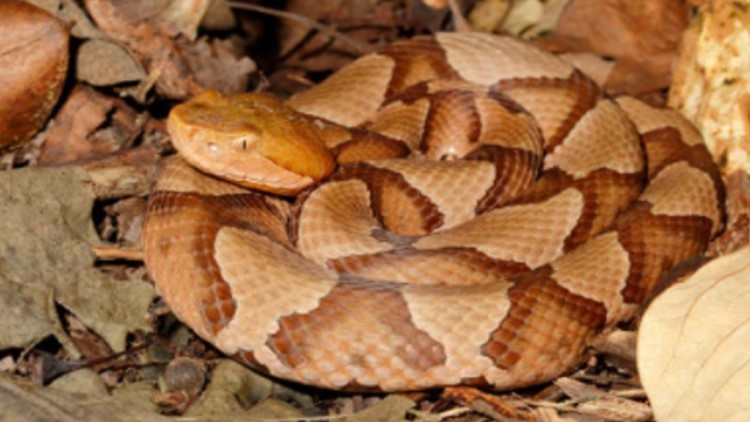



Watch Out For Baby Copperhead Snakes Wfmynews2 Com
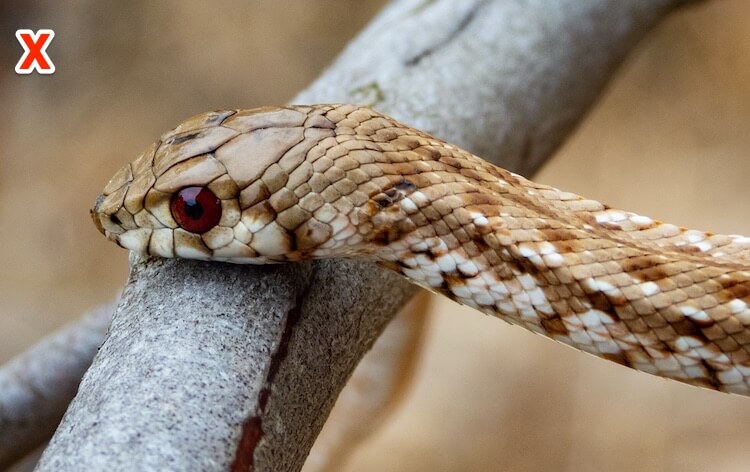



7 Ways To Identify Prevent Remove Baby Copperhead Snakes Everything Reptiles
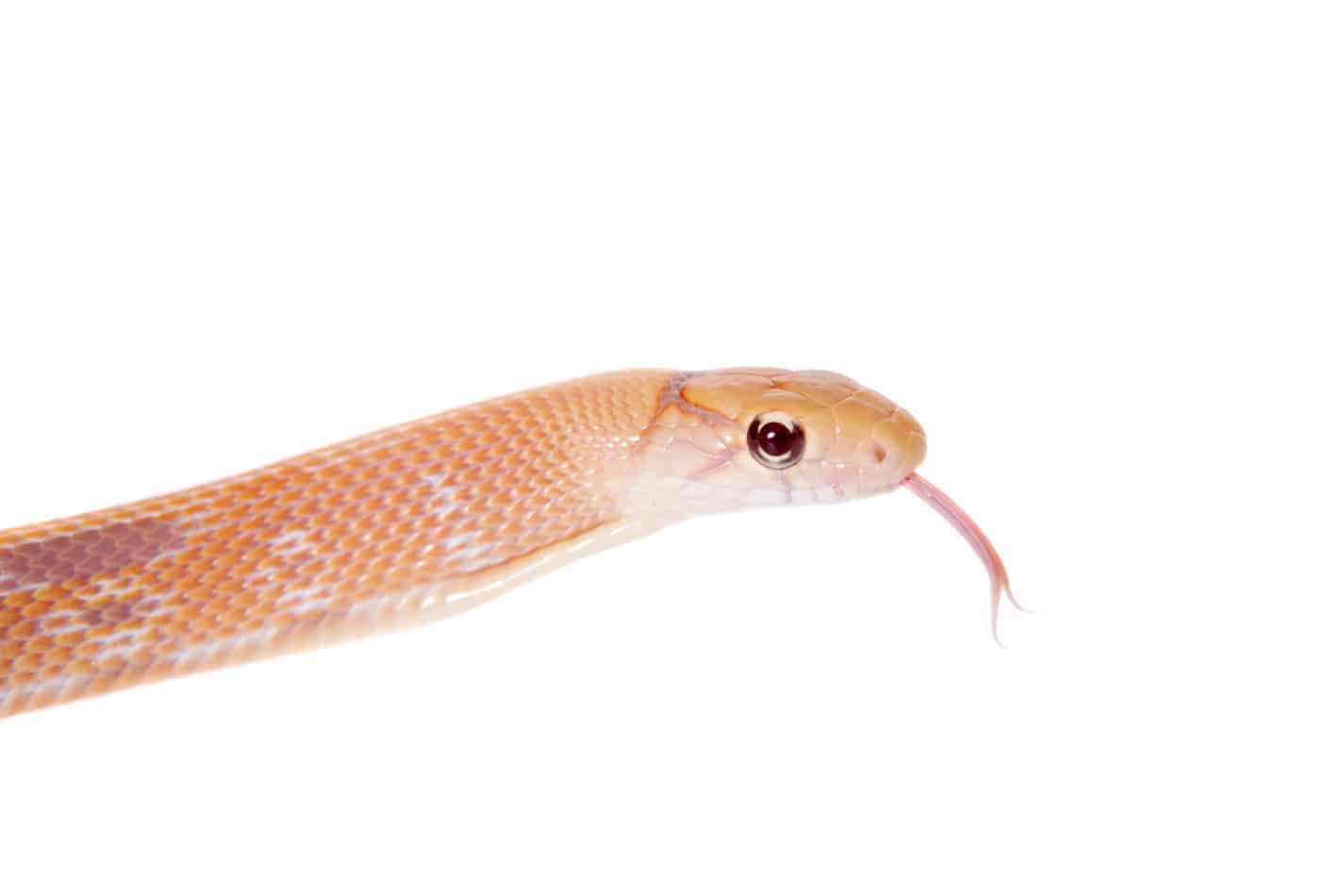



Baby Copperhead Snake Identification Guide Look For These 5 Things Embora Pets




How To Identify A Baby Copperhead Snake Quora
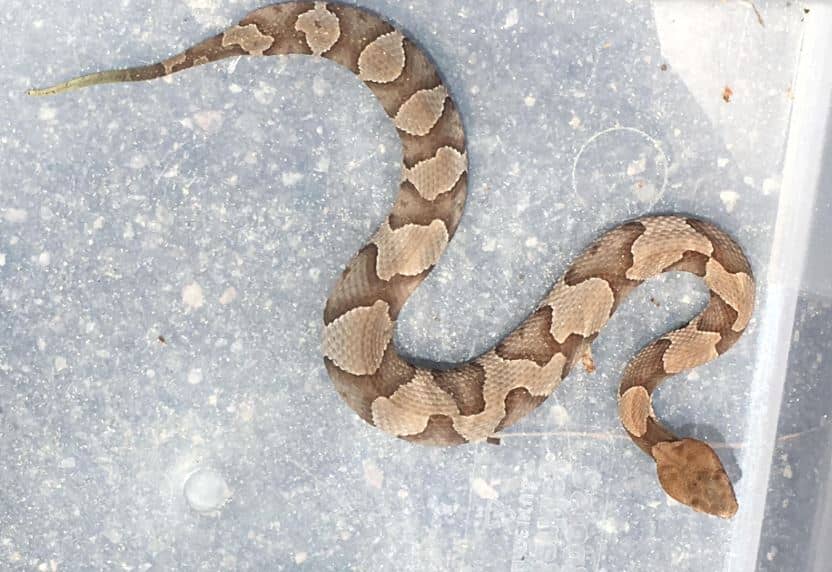



How To Identify A Baby Copperhead Snake 21 Pictures




How To Identify A Baby Copperhead Snake 10 Key Features Survival Freedom




7 Ways To Identify Prevent Remove Baby Copperhead Snakes Everything Reptiles




What Does A Baby Copperhead Snake Look Like Wild Bunny S Land
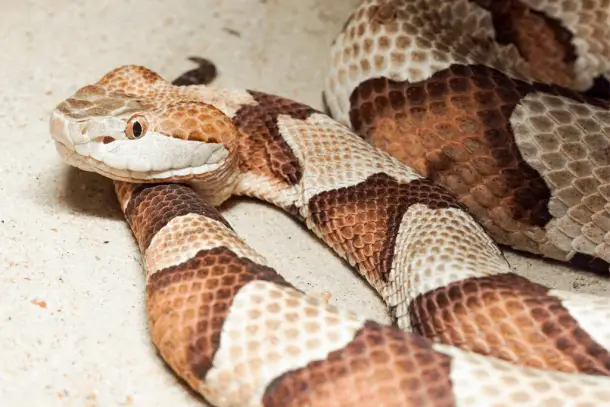



What Do Baby Copperhead Snakes Look Like Reptilia Planet




How To Quickly Identify A Baby Cottonmouth Water Moccasin Survival Freedom
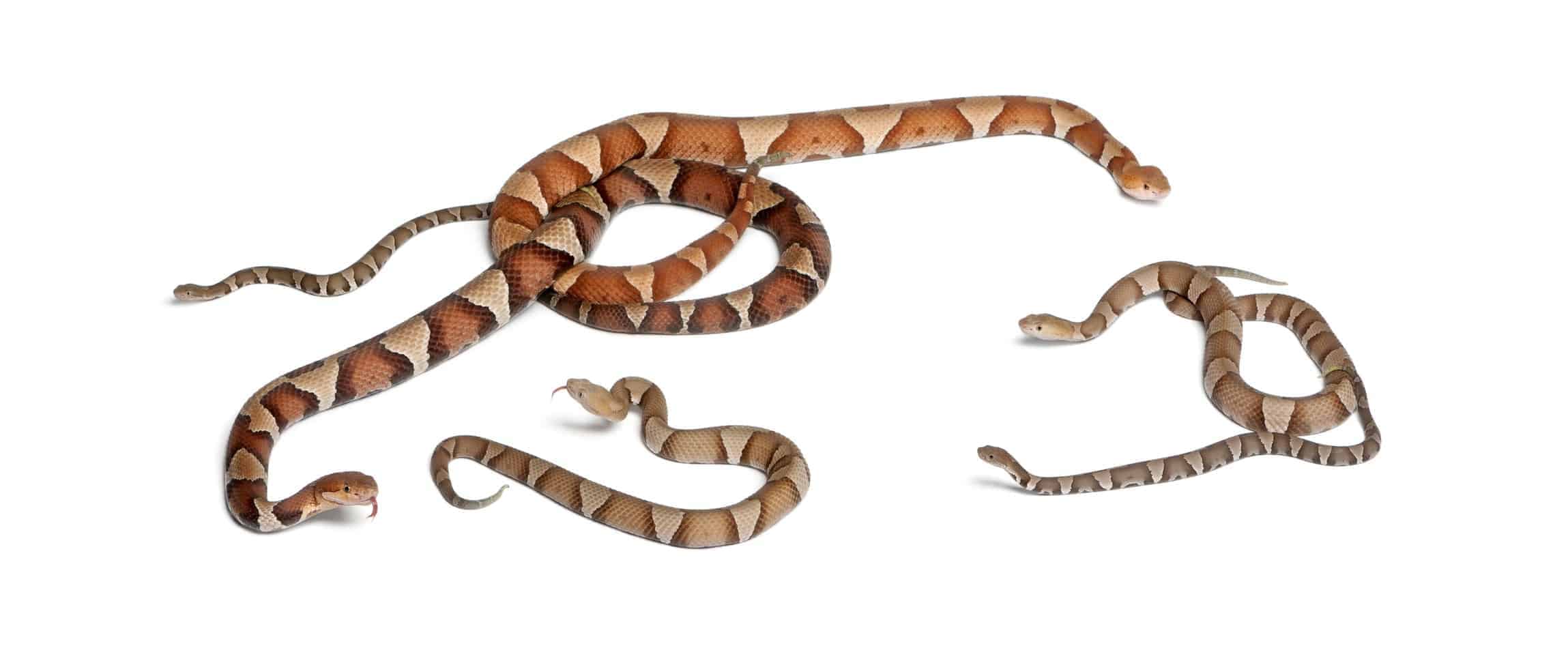



Copperhead Snakes Species Profile With Bite Information Facts And Pictures Embora Pets




How To Identify A Baby Copperhead Snake 21 Pictures
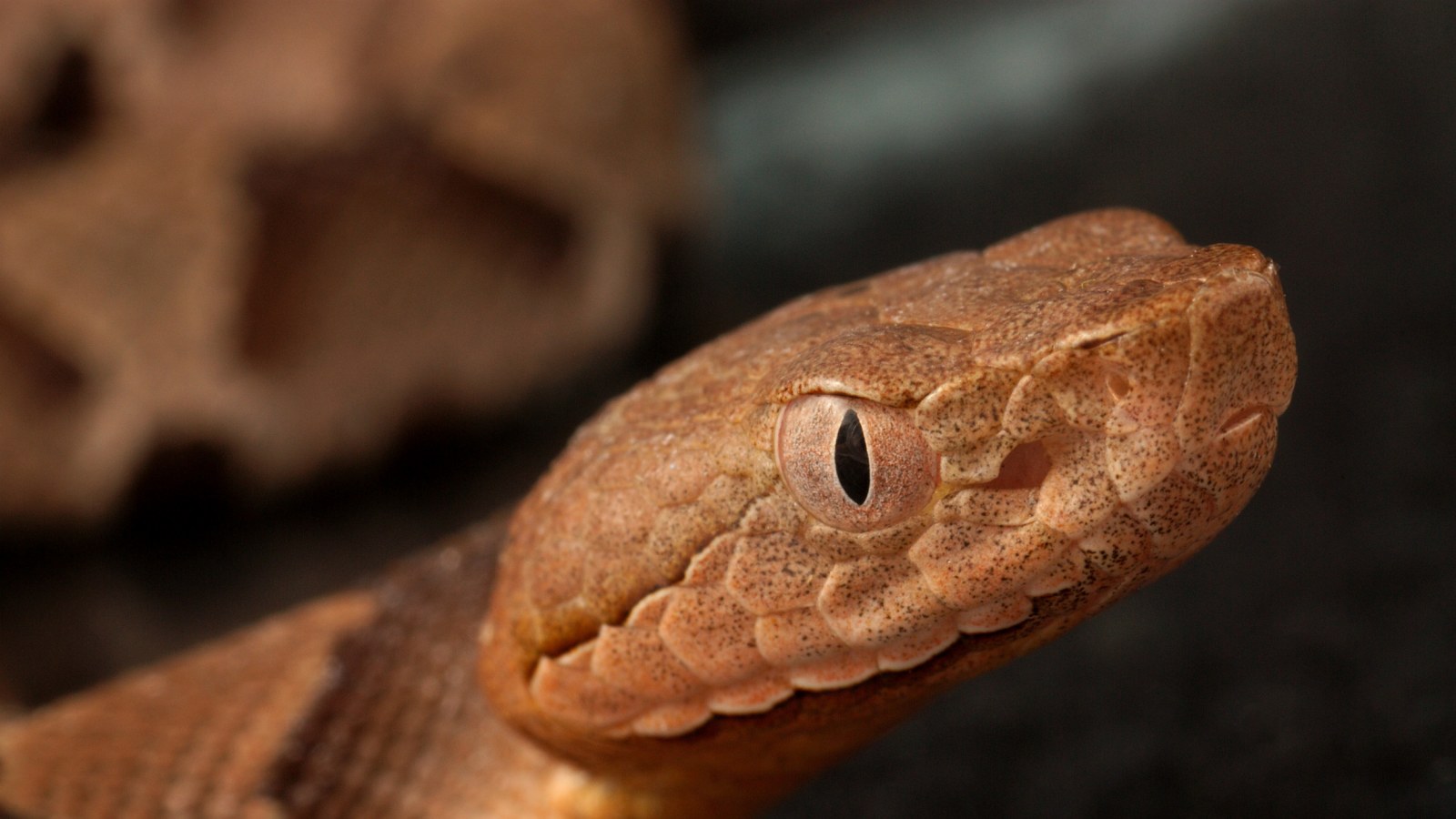



It S Baby Copperhead Snake Season Here S What You Need To Look Out For
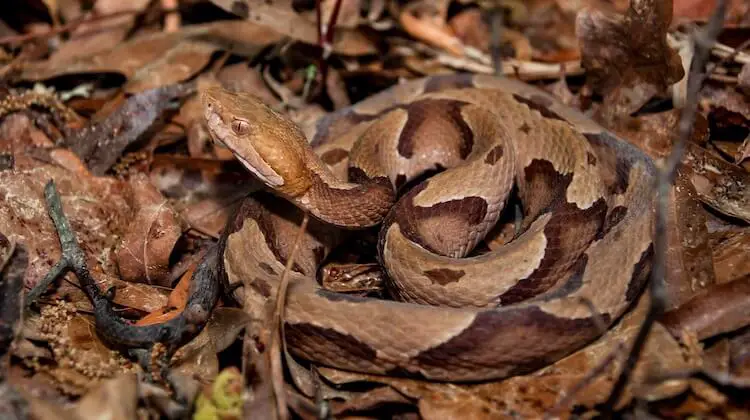



7 Ways To Identify Prevent Remove Baby Copperhead Snakes Everything Reptiles




Baby Copperheads How To Identify Them And Get Rid Of Them



Snakes As Neighbors The Wildlife Center Of Virginia




How To Identify A Baby Copperhead Snake 10 Key Features Survival Freedom



Www State Nj Us Dep Fgw Ensp Pdf Snake Id Avoid Confusion Pdf
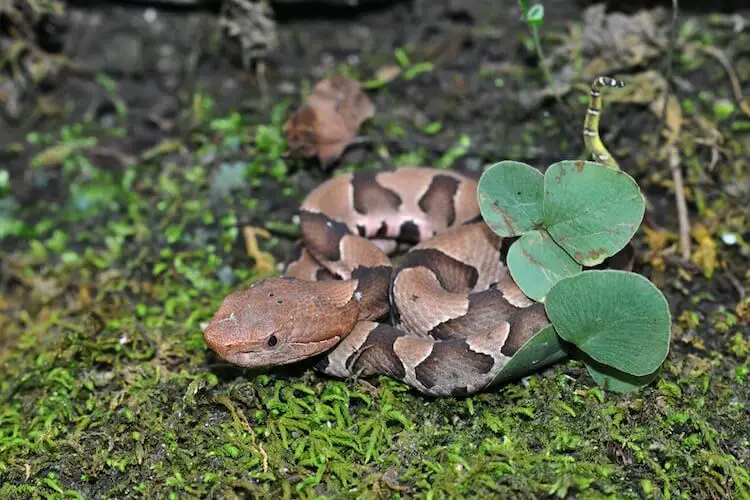



7 Ways To Identify Prevent Remove Baby Copperhead Snakes Everything Reptiles
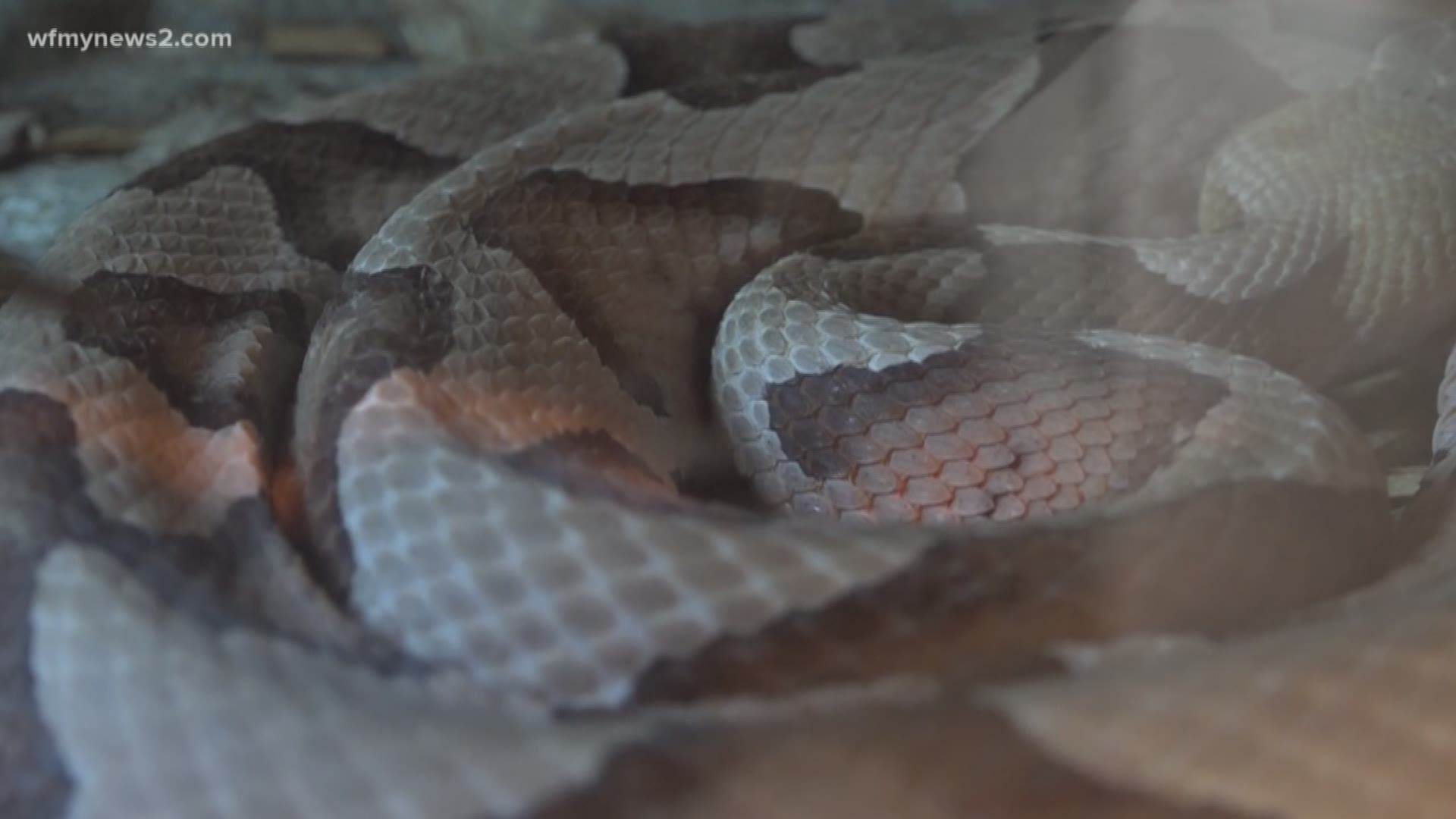



Watch Out For Baby Copperhead Snakes Wfmynews2 Com
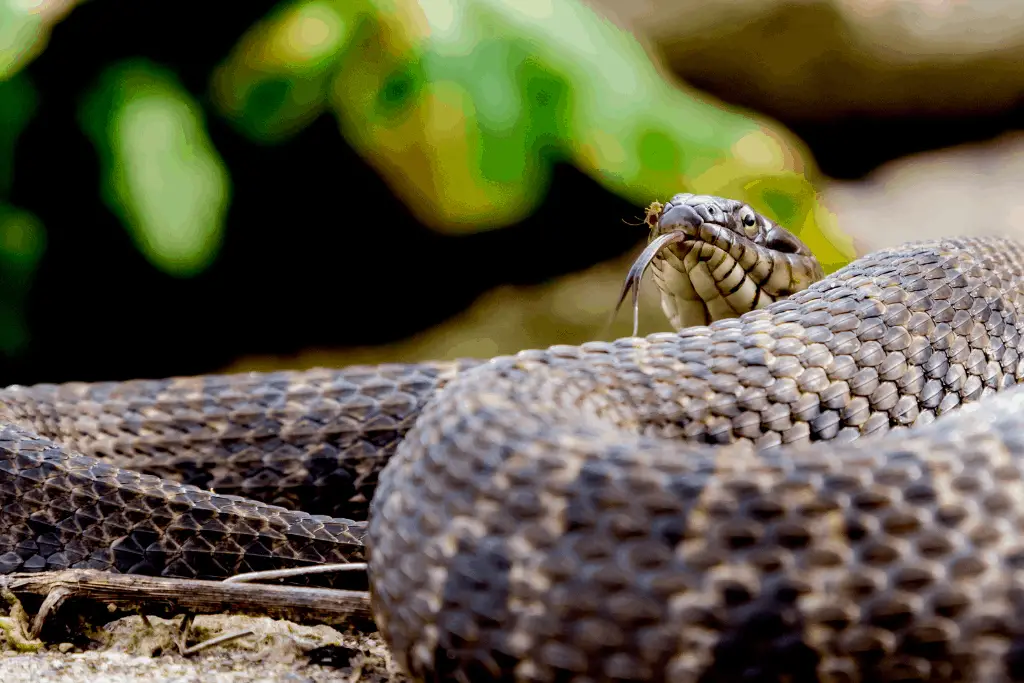



What Do Baby Copperhead Snakes Look Like Reptilia Planet




How To Identify A Baby Copperhead Snake 21 Pictures




What Does A Baby Copperhead Snake Look Like Wild Bunny S Land
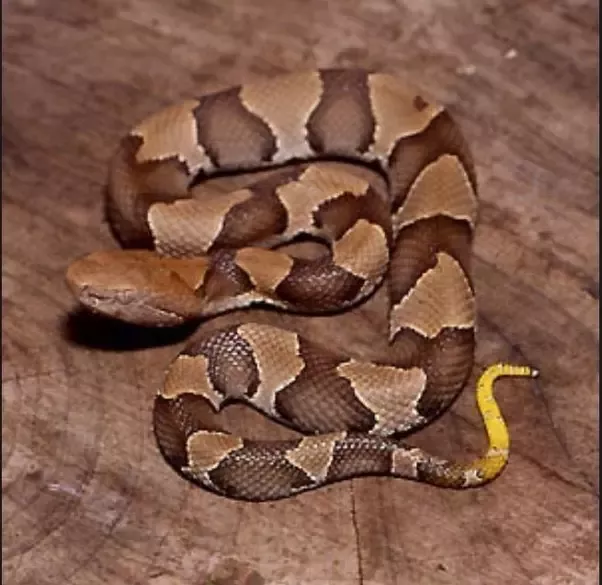



How To Identify A Baby Copperhead Snake Quora
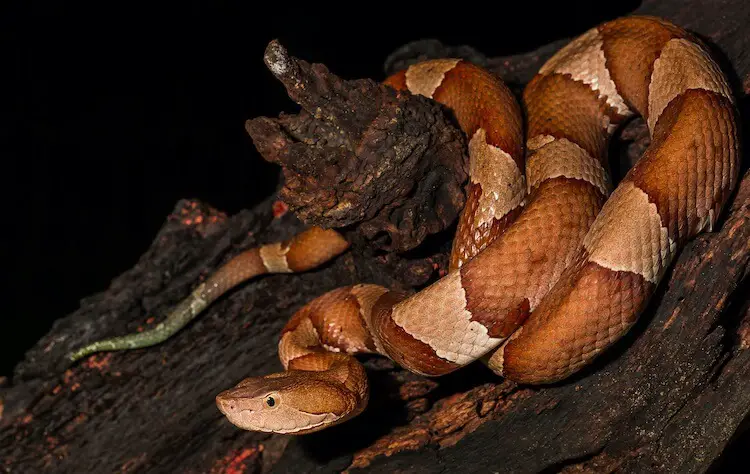



7 Ways To Identify Prevent Remove Baby Copperhead Snakes Everything Reptiles
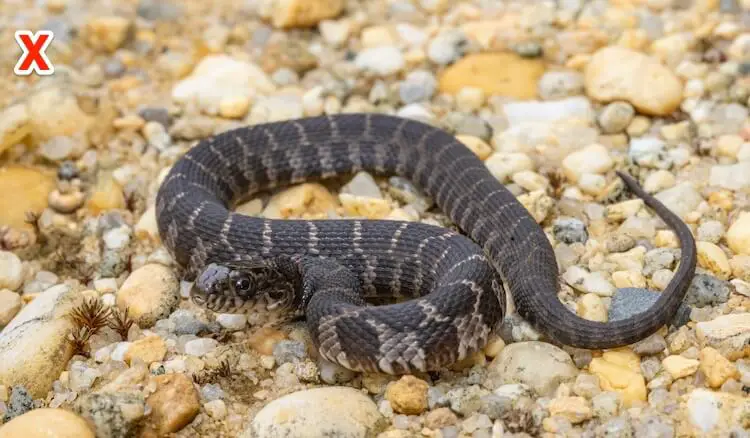



7 Ways To Identify Prevent Remove Baby Copperhead Snakes Everything Reptiles
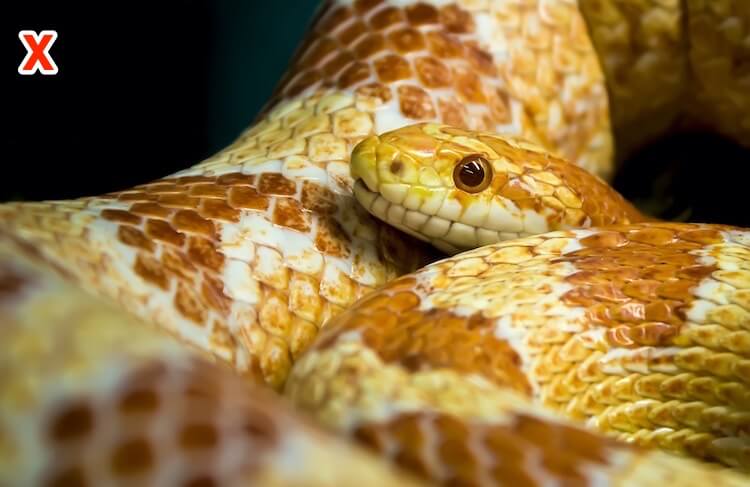



7 Ways To Identify Prevent Remove Baby Copperhead Snakes Everything Reptiles
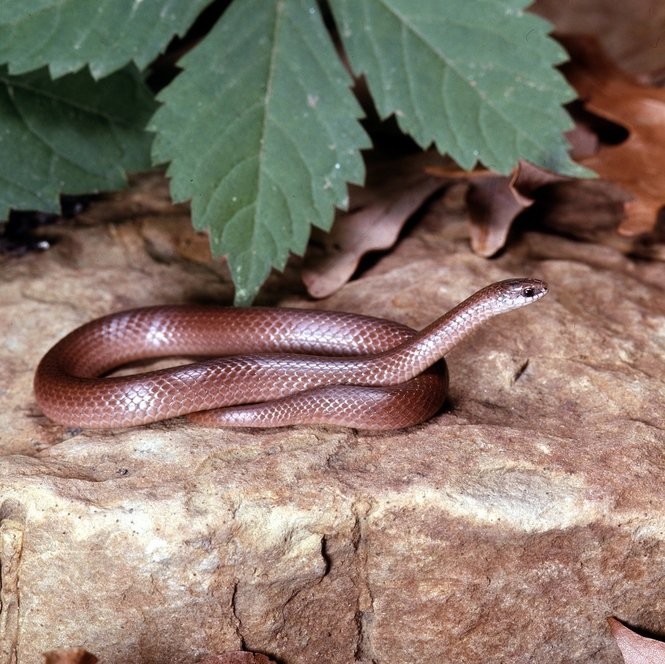



Snakes Of Ohio Identifying All 25 Species Slideshow Cleveland Com




Baby Copperheads How To Identify Them And Get Rid Of Them




Red Bellied Watersnake Georgia Wildlife Federation
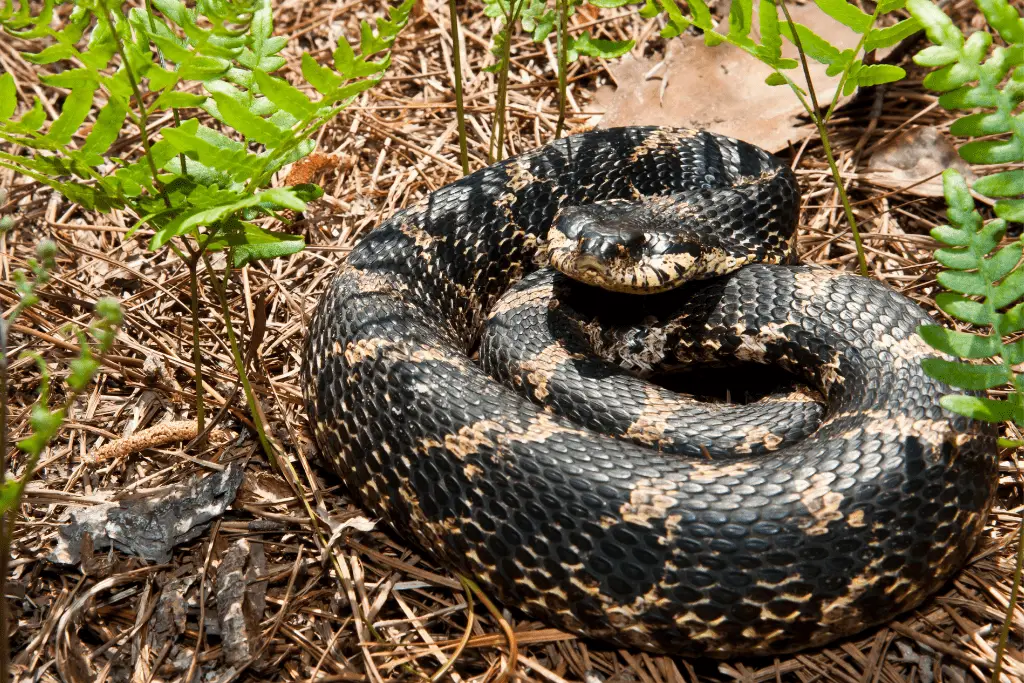



What Do Baby Copperhead Snakes Look Like Reptilia Planet
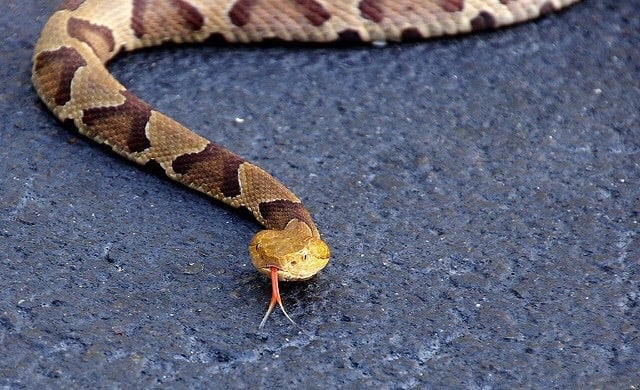



Baby Copperhead Snake Identification Guide Look For These 5 Things Embora Pets
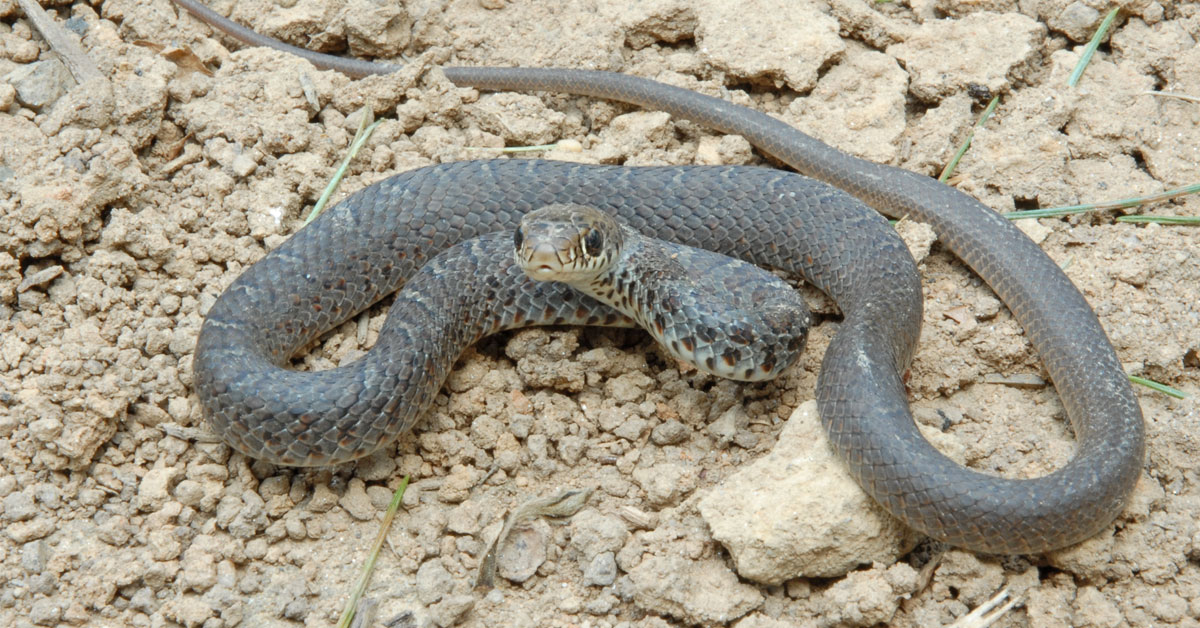



It S Baby Snake Season Virginia Dwr
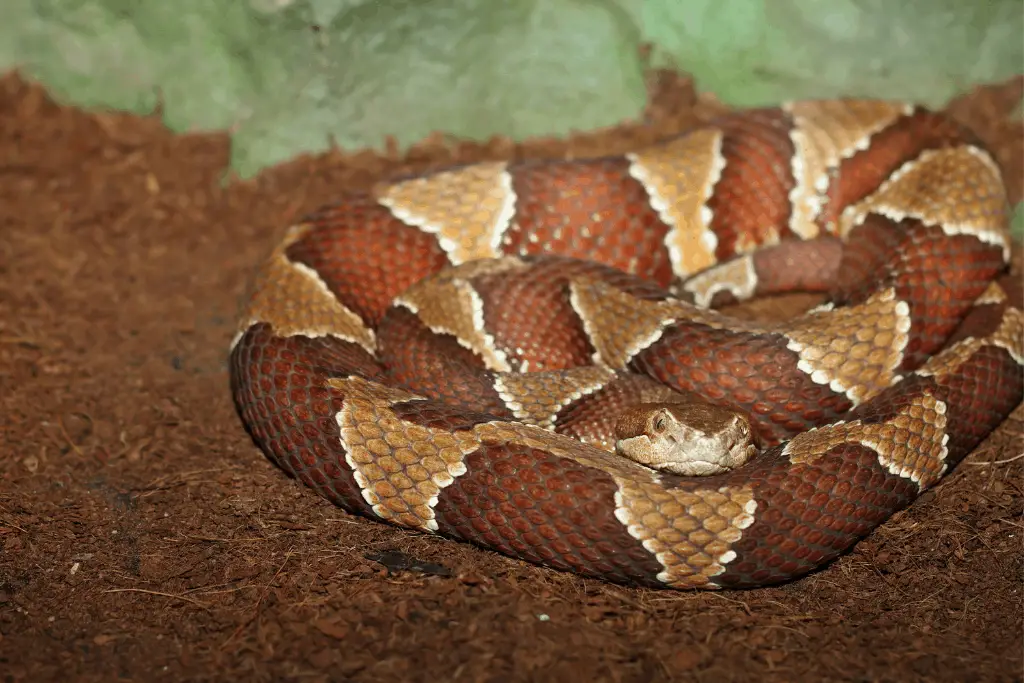



What Do Baby Copperhead Snakes Look Like Reptilia Planet




Nc Venomous Poisonous Snakes Copperhead Moccasin Photos Raleigh News Observer
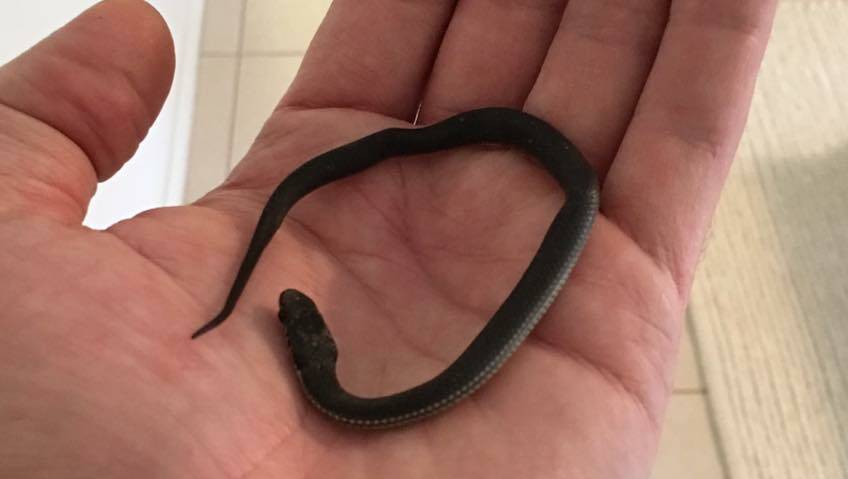



Baby Snakes Are On The Way But There S No Need To Worry Photos Central Western Daily Orange Nsw
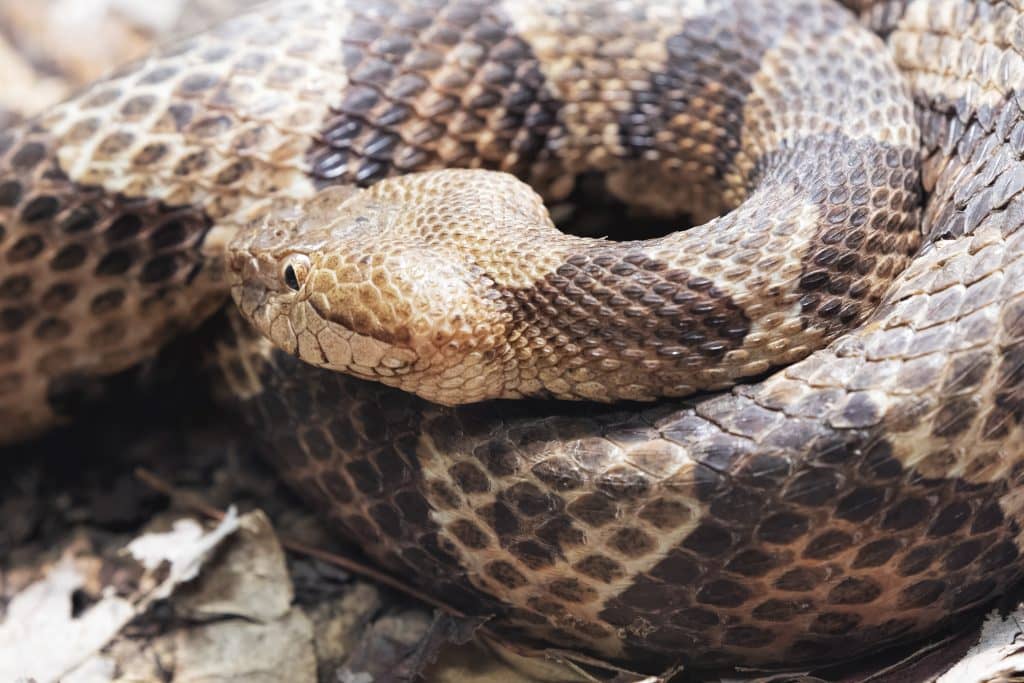



How To Identify A Baby Copperhead Snake 21 Pictures



Baby




Identifying Copperhead Snakes Home Garden Information Center
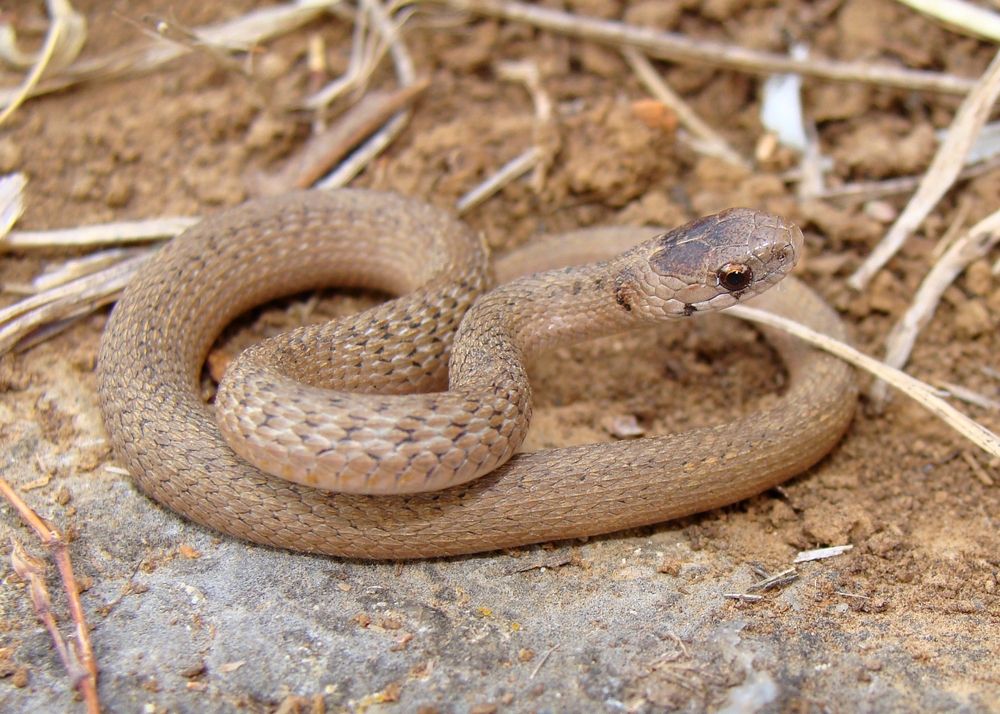



Facts About Brown Snakes Live Science



Common Snakes Trophy Club Tx
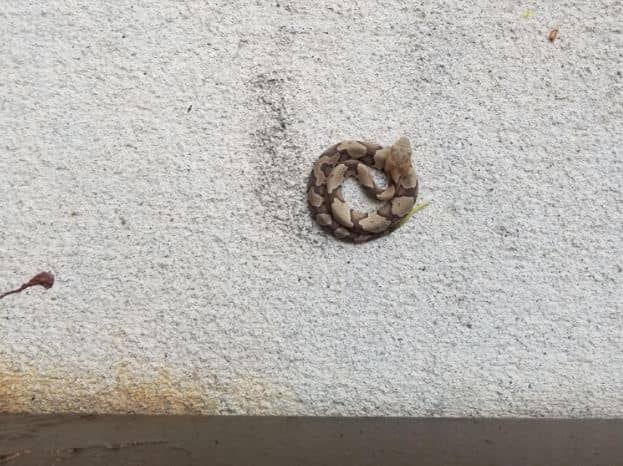



How To Identify A Baby Copperhead Snake 21 Pictures




How To Determine Baby Copperheads Animals Mom Com
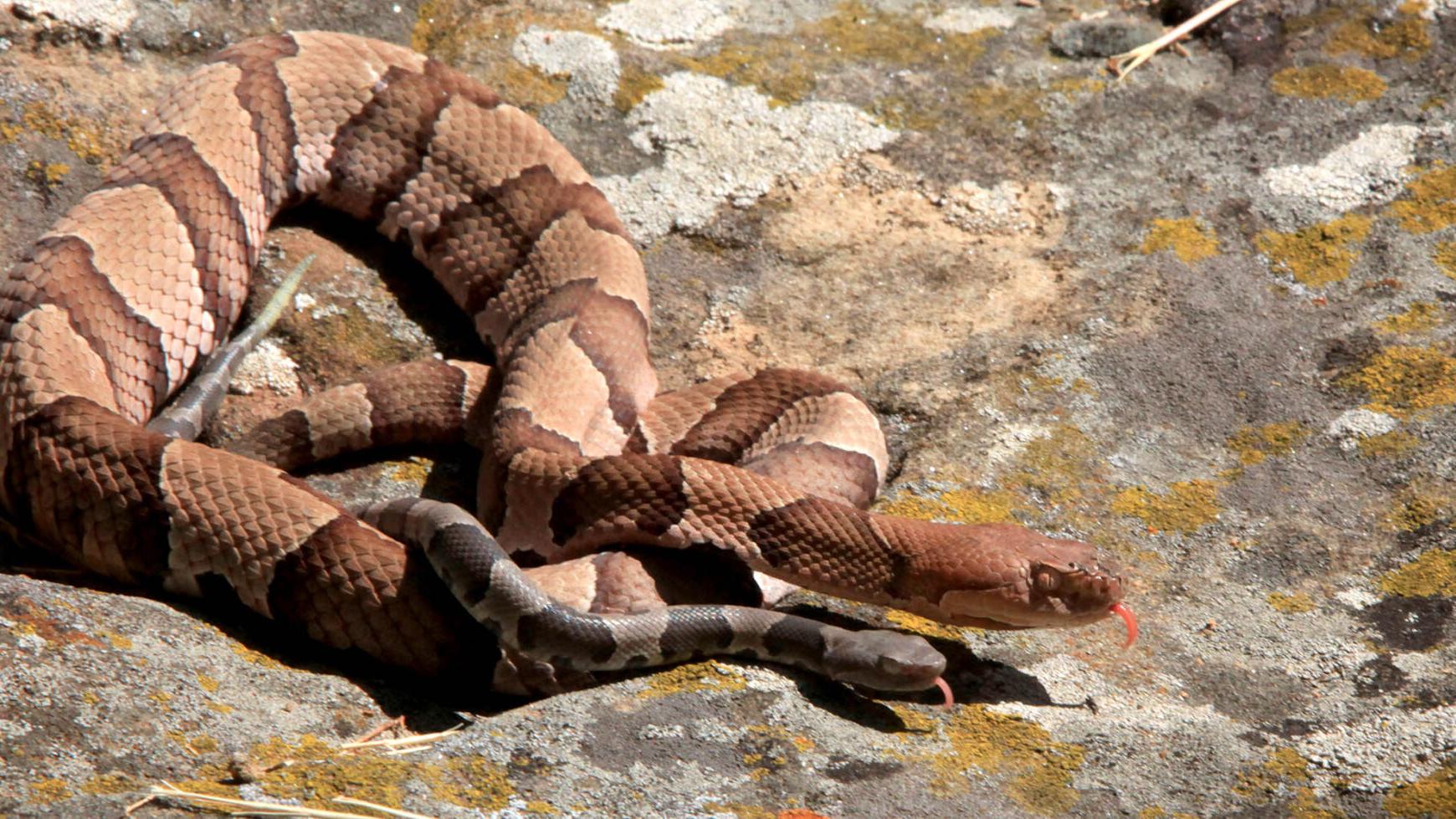



Snakes Alive Copperhead Other Snake Encounters More Likely As Days Shorten Weather Cools Local News Tulsaworld Com
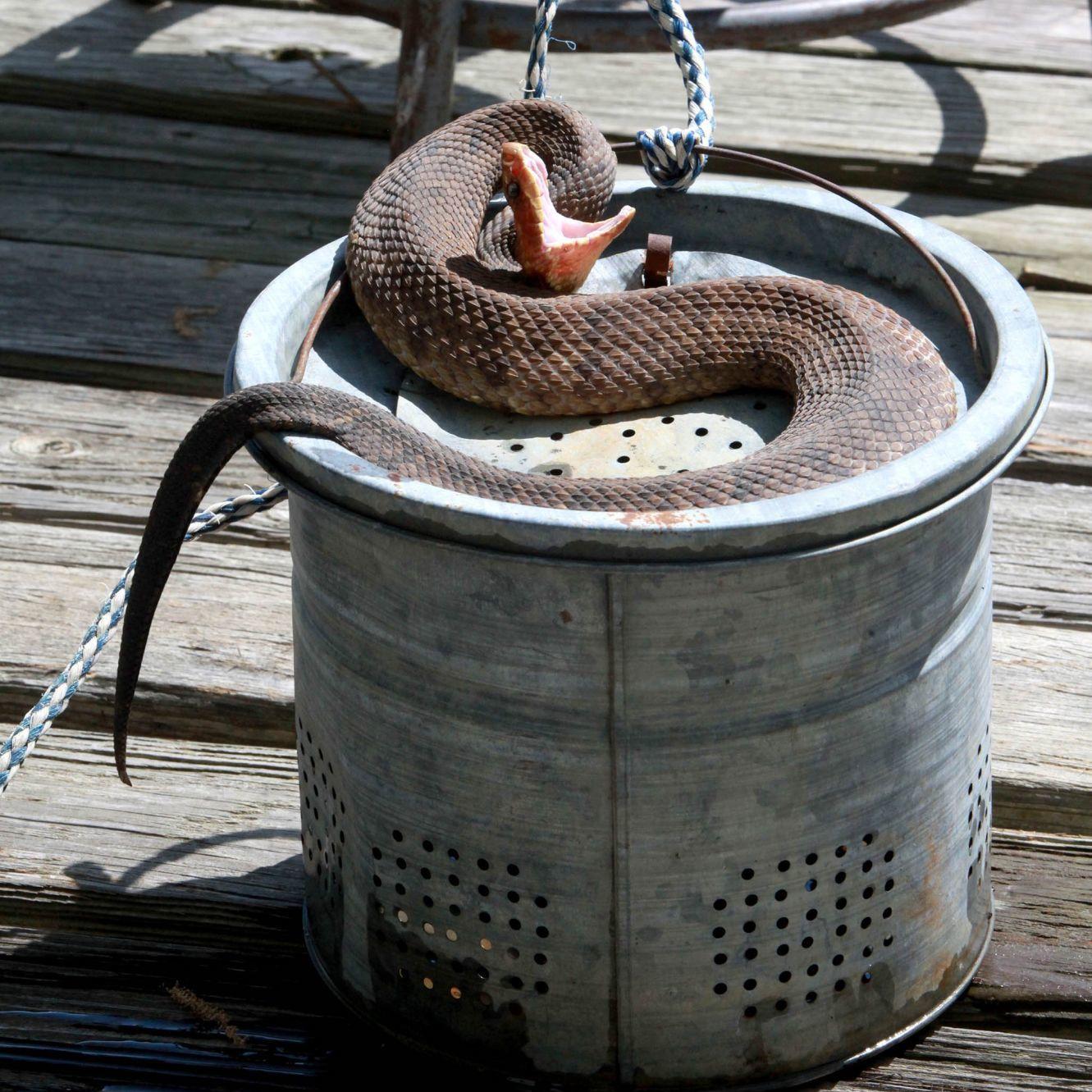



Kelly Bostian Know The Difference Between A Water Snake And A Cottonmouth Before Going Outdoors Sports News Tulsaworld Com




How To Identify A Baby Copperhead Snake 10 Key Features Survival Freedom
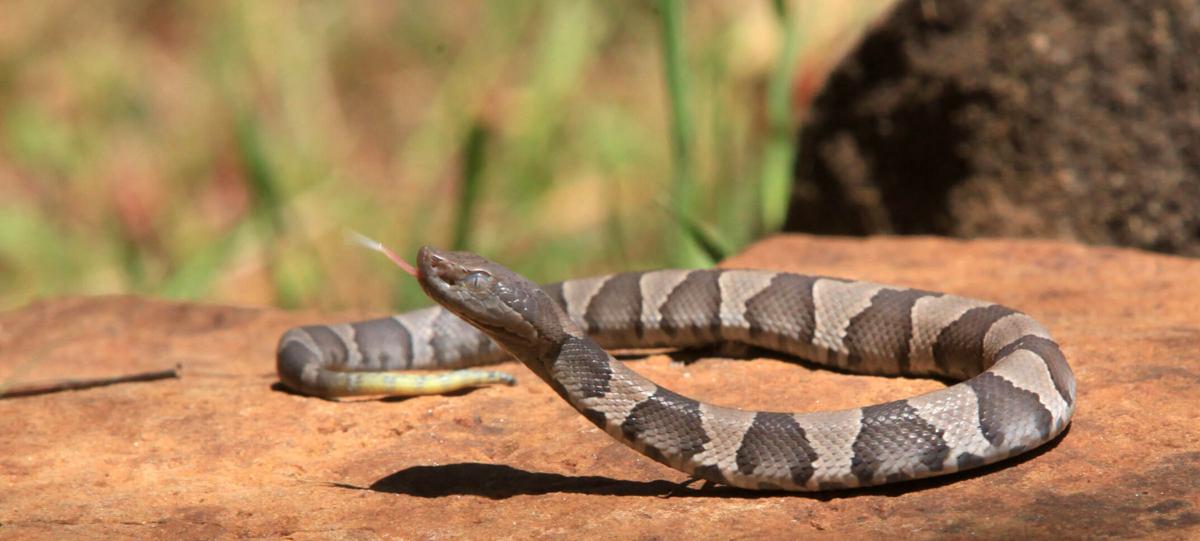



Snakes Alive Copperhead Other Snake Encounters More Likely As Days Shorten Weather Cools Local News Tulsaworld Com




Spare The Snakes Know These Six Serpents Virginia Mercury




How To Identify A Baby Copperhead Snake 10 Key Features Survival Freedom



Snake Bellies Snakes In Western Massachusetts
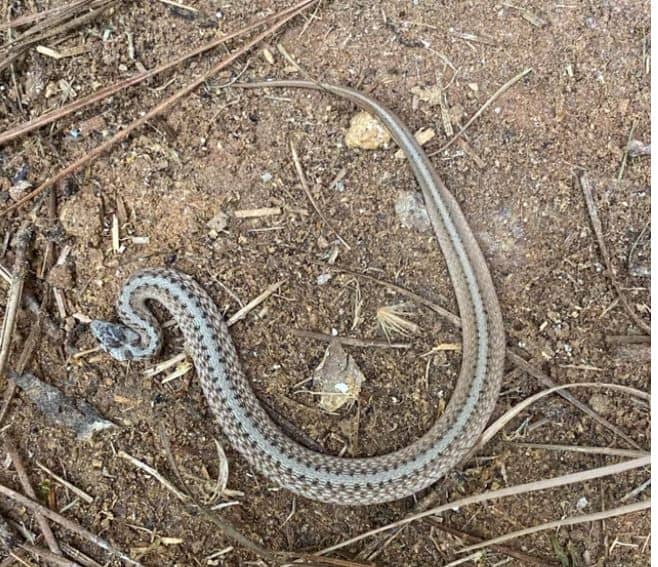



How To Identify A Baby Copperhead Snake 21 Pictures




When Are Baby Copperheads Born And Are They More Dangerous Raleigh News Observer



1




Six Snakes In Arkansas Are Venomous How To Protect Yourself And Them




How To Identify The Copperhead




Six Snakes In Arkansas Are Venomous How To Protect Yourself And Them




Pin By Jackie Reed On All Things Cold And Scaly Slimy Reptiles Amphibians Snails And Eewww Slugs Snake Mamba Snake Bonsai Styles



Fw Ky Gov Wildlife Documents Kysnakebook Pdf




Copperhead Juvenile Youtube




Tis The Season For Babies Copperhead Babies That Is Youtube




How To Identify The Copperhead




Watch Out For Baby Copperhead Snakes Wfmynews2 Com
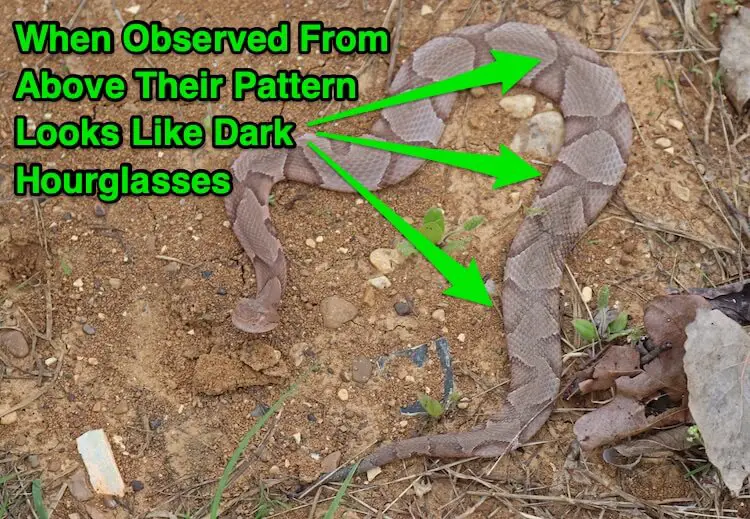



7 Ways To Identify Prevent Remove Baby Copperhead Snakes Everything Reptiles




Snakes In Tn Watertown Transporting New House Middle School Tennessee Page 7 Baby Snakes Snake Poisonous Snakes




What Does A Baby Copperhead Snake Look Like Wild Bunny S Land



Copperhead On Grounds Animal Keeper Blog
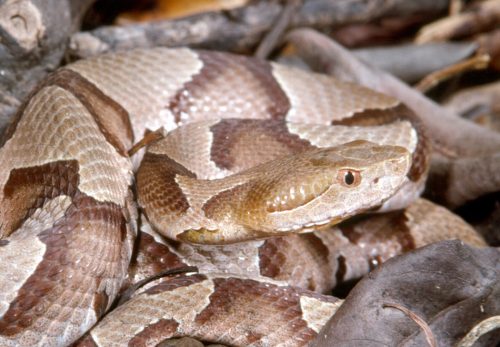



Eastern Copperhead Florida Snake Id Guide
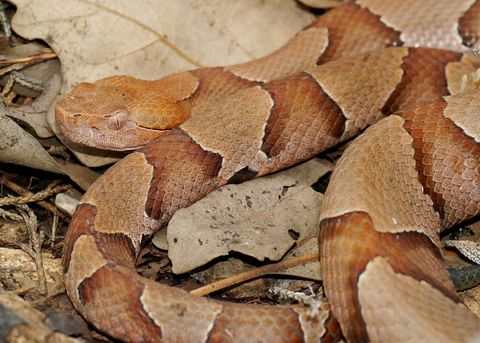



Copperhead Snakes Facts Bites Babies Live Science
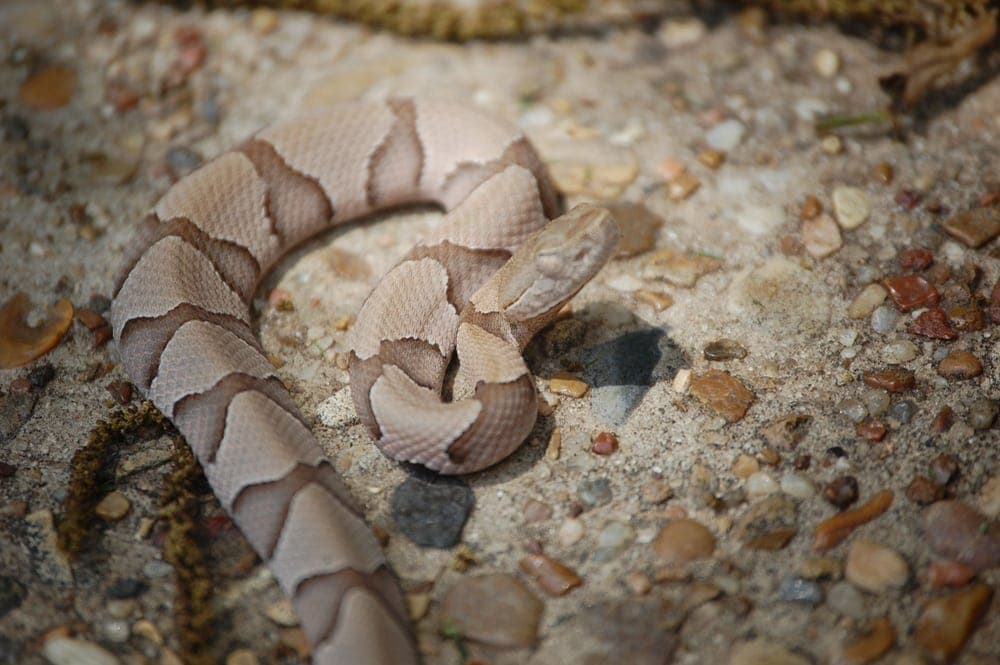



How To Identify A Baby Copperhead Snake Petsoid




What Does A Baby Copperhead Snake Look Like Wild Bunny S Land




How To Identify The Copperhead



0 件のコメント:
コメントを投稿